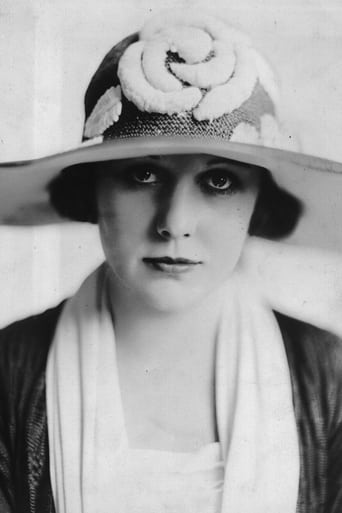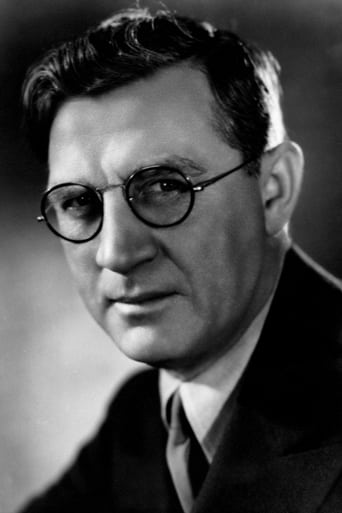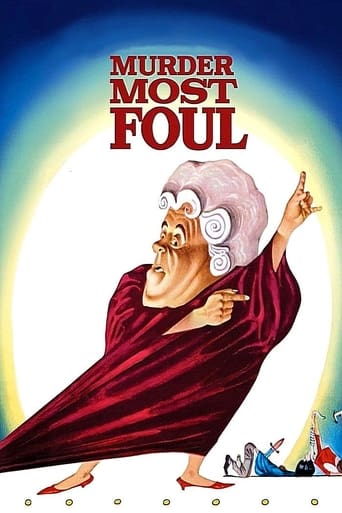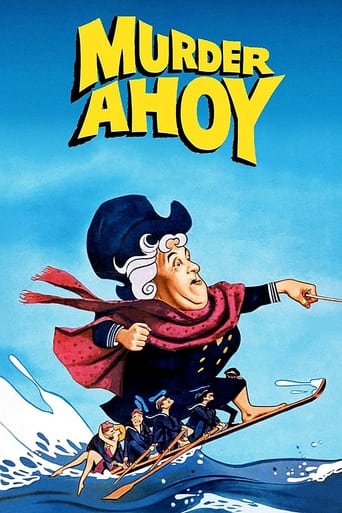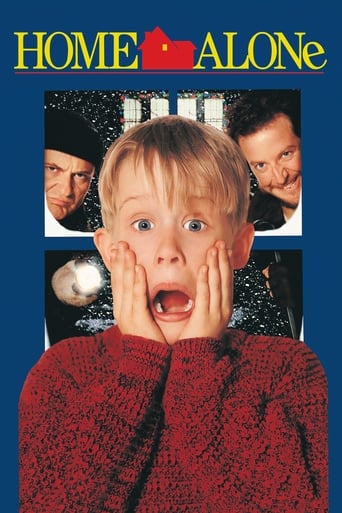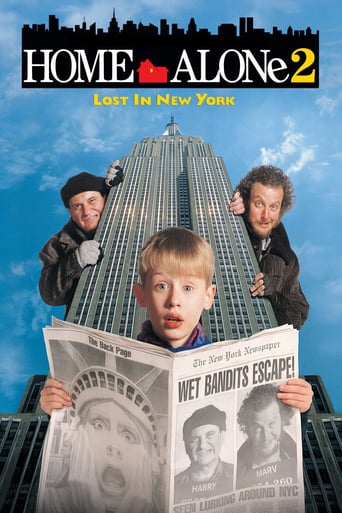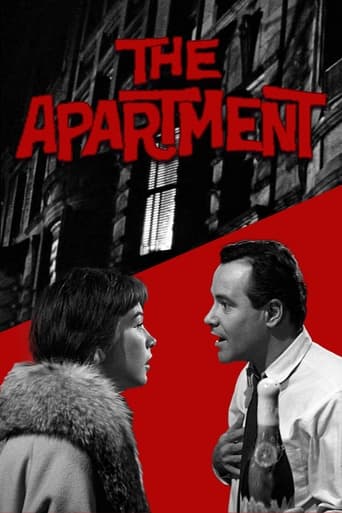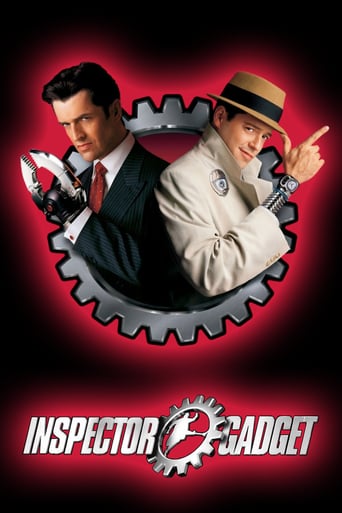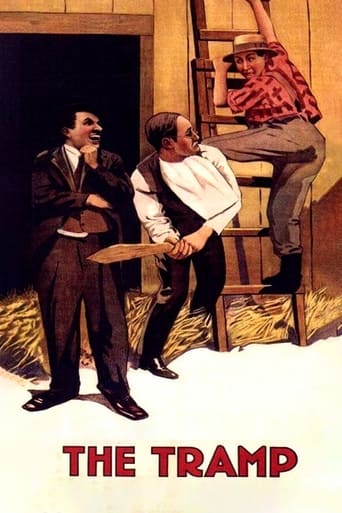
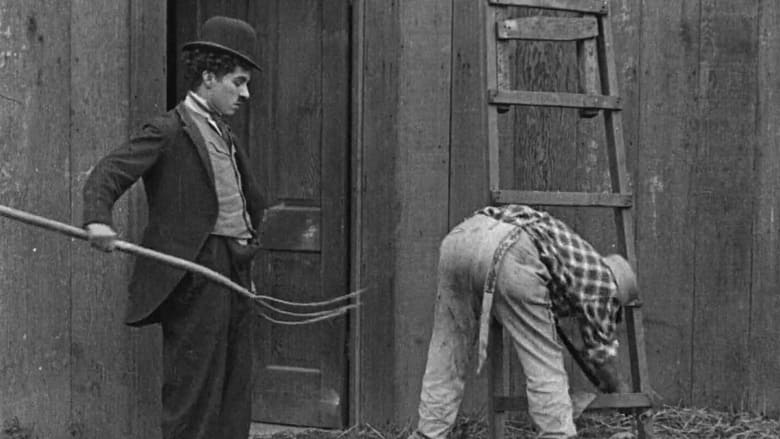
The Tramp (1915)
The Little Fellow finds the girl of his dreams and work on a family farm. He helps defend the farm against criminals, and all seems well, until he discovers the girl of his dreams already has someone in her life. Unwilling to be a problem in their lives, he takes to the road, though he is seen skipping and swinging his cane as if happy to be back on the road where he knows he belongs.
Watch Trailer
Cast


Similar titles
Reviews
The Tramp was one of the earliest Charlie Chaplin movies, that adopted a blend of slapstick and heart that he would become so well known for. The Tramp (Chaplin) is just walking down the road, when he saves a girl (Edna Purviance) from some hobos. He goes to work for Purviance's father (and doesn't do so well), and saves the family from hobos again. 1915 was the year that Chaplin started using the tramp character well, and would continue to do so until The Great Dictator. The Tramp's ending is almost sad, but in a way satisfying. Chaplin was really starting to go strong with this film. For Chaplin fans, I can highly recommend this.
Not much to be said about this Chaplin short. Charlie was introducing the tramp character, it was early in his career (1915), he had responsibility for everything and was working like a coolie. So it isn't surprising that "The Tramp" lacks the wit, sophistication, sentimentality, and innovative quality of some of his later productions. (The sentimentality could get pretty heavy handed.) The gags are mostly crude here. Charlie hits somebody. Somebody hits Charlie back. Charlie kicks him in the pants, and so forth. Compare this with, say, "The Idle Class" to see what a difference time, intelligence, and talent made. By the way, Chaplin's status in the 1940s as persona non grata in the USA has been attributed to his being a communist/socialist/pinko/subversive/fellow traveling spy (when in fact it probably had more to do with his fondness for young girls), but you'd never know it from this specimen. He takes advantage of just about everyone but Edna Purviance, and he abuses them for the fun of it, even his lessers on the social ladder. At this point, the tramp wasn't exactly a sympathetic figure.
Charlie plays a tramp, who, after saving a farmer's daughter from thieves, is given a job on the farm as a reward. Charlie later manages to thwart the same bandits who try to rob the farm, but he is accidently shot in the process by the farmer. Charlie basks in the attention of the farmer, and his daughter, until the girl's boyfriend arrives. Knowing he doesn't have a chance with the girl anymore, Charlie leaves, walking down the road alone."The Tramp" was made for Essanay, who gave Chaplin his second film contract in as many years and much greater creative freedom than he previously enjoyed under Mack Sennett at Keystone. Despite claims to the contrary, this film was not introduction of Chaplin's famous tramp character. That character was actually born in Chaplin's second film for Keystone "Kid Auto Races in Venice." This film was, however, an important step in the development of the tramp as a character, and for Chaplin as an artist. With his failed attempt to win the girl and his final walk, with his back to us, down the road, Chaplin made his first serious attempt to inject pathos and genuine human emotion into his comedies. In "The Tramp," he was laying the groundwork for future masterpieces like "The Circus."Sadly, aside from the dramatic elements, this isn't one of Chaplin's best shorts. The comedy isn't very original. He simply takes advantage of various barnyard props for the rough, rather mindless knockabout brand of slapstick he would soon evolve away from. This isn't a terrible comedy by any means, it probably as good if not better than the bulk of the comedies produced that year by his contemporaries. It simply doesn't live up to the standard he would set for himself over the next two years at the Mutual Company.Fans should definitely watch if they get the chance, but it isn't a good place for the uninitiated to start.
`The Tramp' is significant for establishing Chaplin's working-class character in the popular consciousness, but it lacks the ingenuity and surprise of Chaplin's later films. The tramp's trademark appearance and mannerisms became universally beloved, but they are not what made Chaplin great. His genius is in his vision of how to use filmmaking techniques to confound and endear his audience. Here, the closest he comes is when he devises umpteen ways to tell a joke using a pitchfork. Many of them just aren't that funny.Rating: 5.5



